Experimental photography: Barbara Kasten ’Stages’ retrospective at MoCA
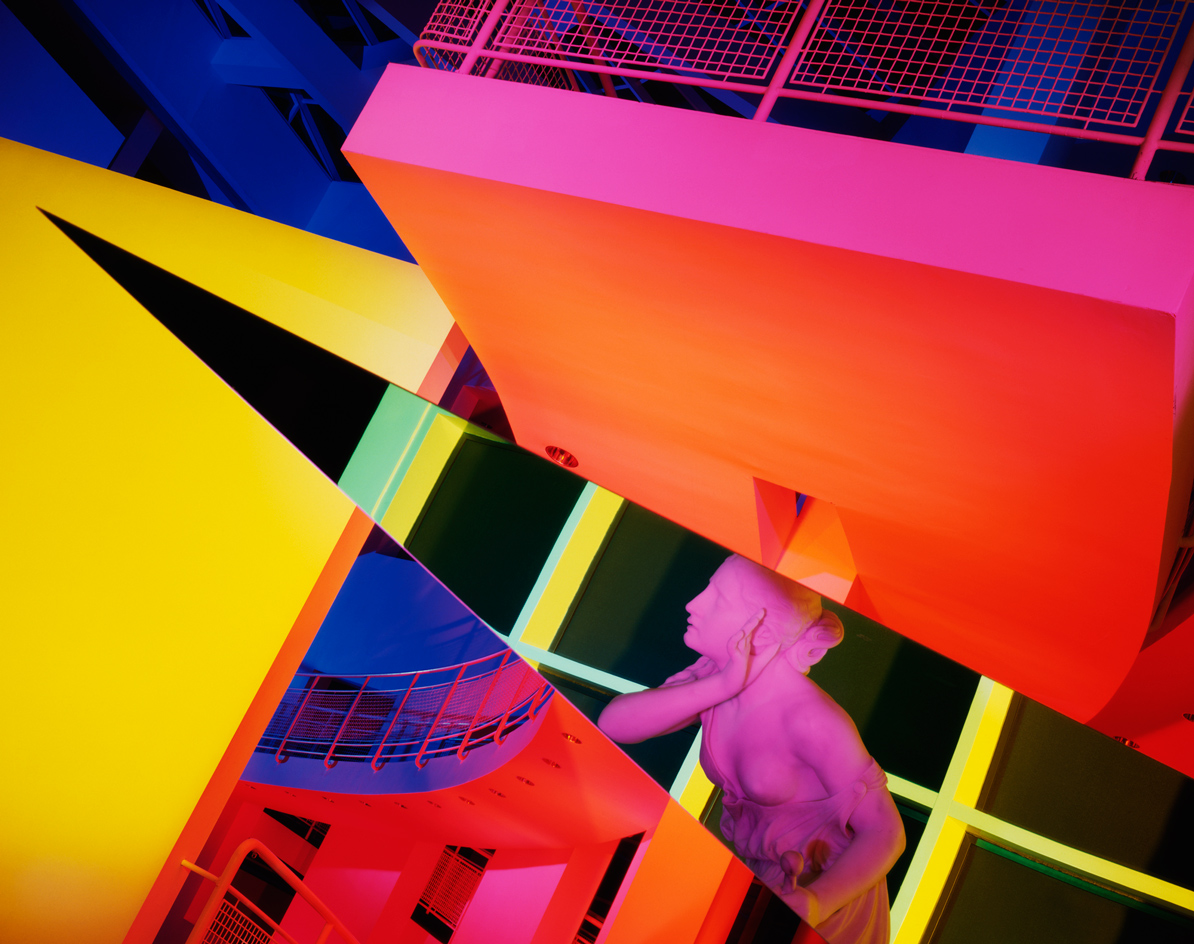
Bauhaus professor, painter and photographer László Moholy-Nagy once said that 'the salvation of photography comes from the experiment'. In the 200 years since the first camera photographs were produced, the uses of the medium and its subject matter has expanded wildly – yet few photographers have tried to push the experiment as far as removing the subject altogether.
Barbara Kasten has. The Chicago-based artist – who was one of the first artists to be asked by Polaroid to experiment with its new large-format film – has been working with photography for almost 50 years, though it wasn’t her first medium of choice. She trained in painting, textile design and theatre (all three disciplines have left a notable influence on her work). Drawn conceptually to symbolic architectural spaces, and particularly to the intersectional ideas of the Bauhaus school, Kasten has been creating geometric arrangements in which the abstract is sovereign.
Kasten’s first career survey, which went up at the ICA Philadelphia last year, is now opening at MoCA, Los Angeles. In its Californian iteration, the exhibition has a special dialogue with its surroundings: alongside early furniture and design-based sculptures are Kasten’s staged photos of postmodern architecture including Frank Gehry’s Loyola Law School building in LA, Richard Meier’s High Museum of Art in Atlanta, and MoCA's own Grand Avenue building, designed by Arata Isozaki.
To create her photographic series, Kasten builds room-size sets with large-scale triangular mirrors, Plexiglas, plaster pyramids, wooden rods, latticework, mesh and other items that suggest architectural features. She then photographs them using coloured gels and scrims, and rare photographic processes – including the now almost obsolete Cibachrome (with 13 layers of azo dyes, it is the most resistant to colour fading of any known photographic material) and Fujiflex, a superior white polyester-based printing material, also contributing to the incredible richness in colour and razor-sharp definition in her work.
The retrospective – 'Stages' – reveals Kasten’s ongoing interest in the architectural discipline, and her experimental nature as an artist, who through line, form and colour reveals new possibilities in the photographic medium.
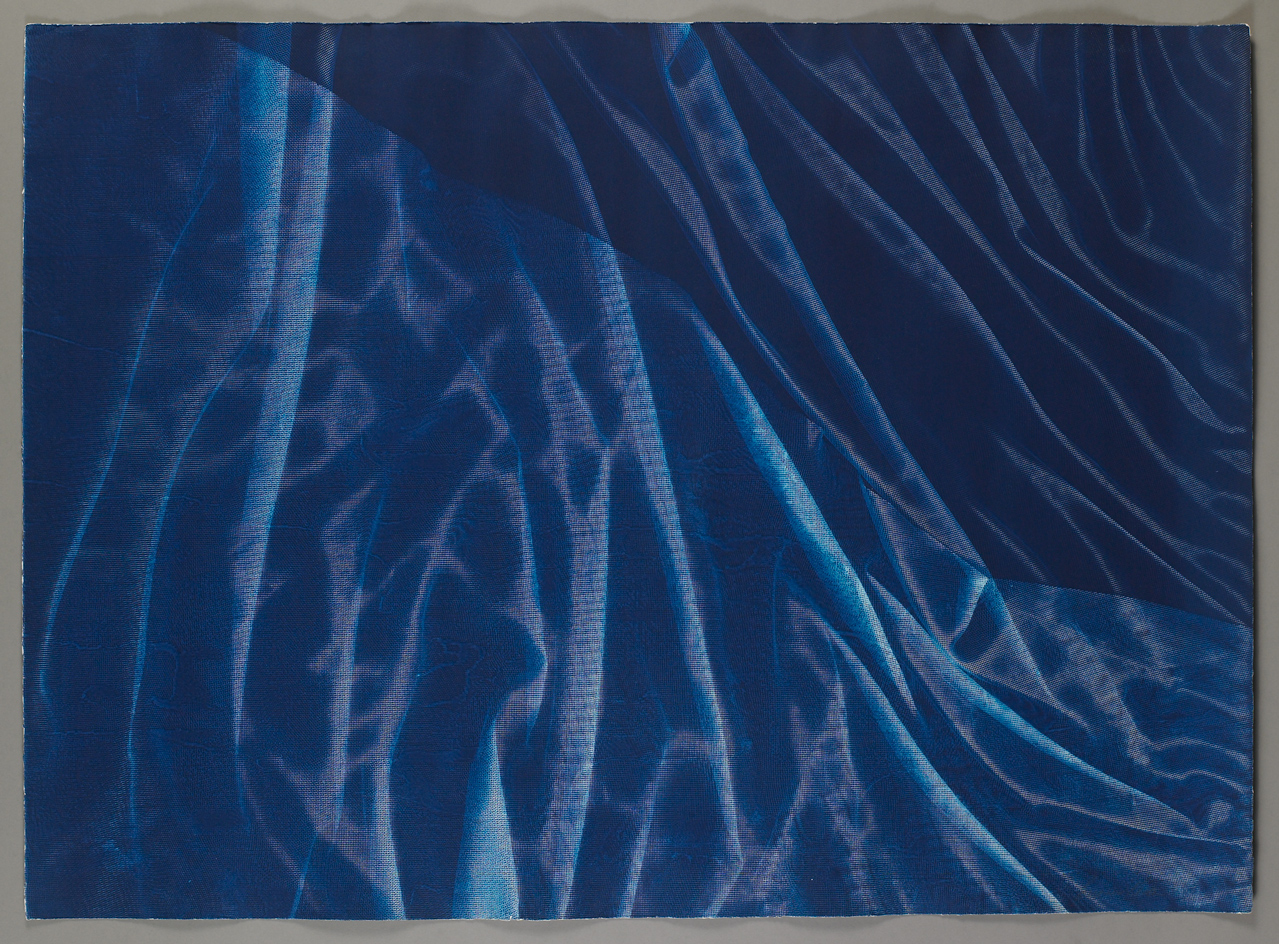
The Chicago-based artist was one of the first to be asked by Polaroid to experiment with its new large-format film. Pictured: Photogenic, 1975
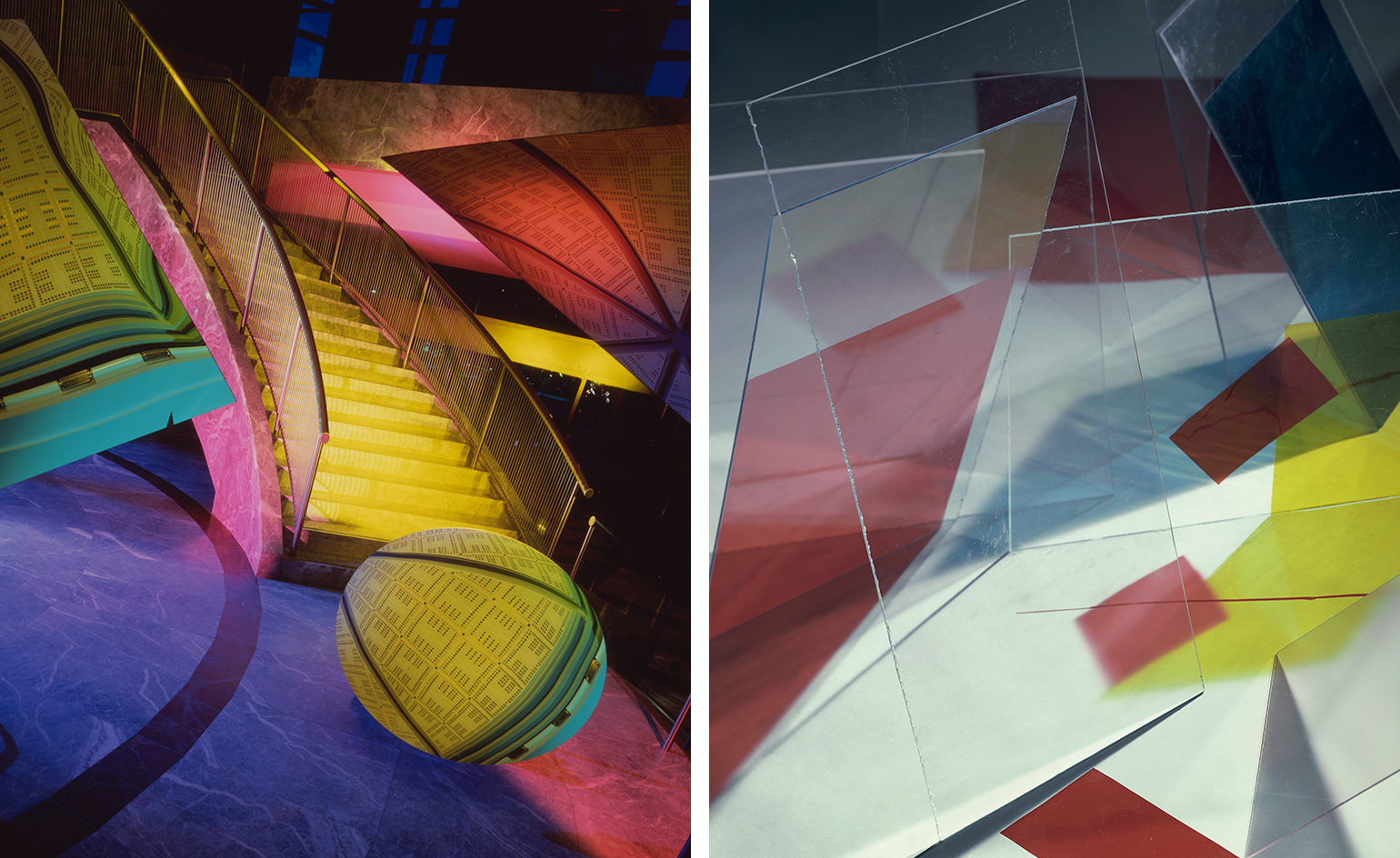
She has been working with photography for almost 50 years, though it wasn’t her first medium of choice – she trained in painting, textile design and theatre. Pictured left: Architectural Site 7 July 14, 1986. Right: Transposition 7, 2014
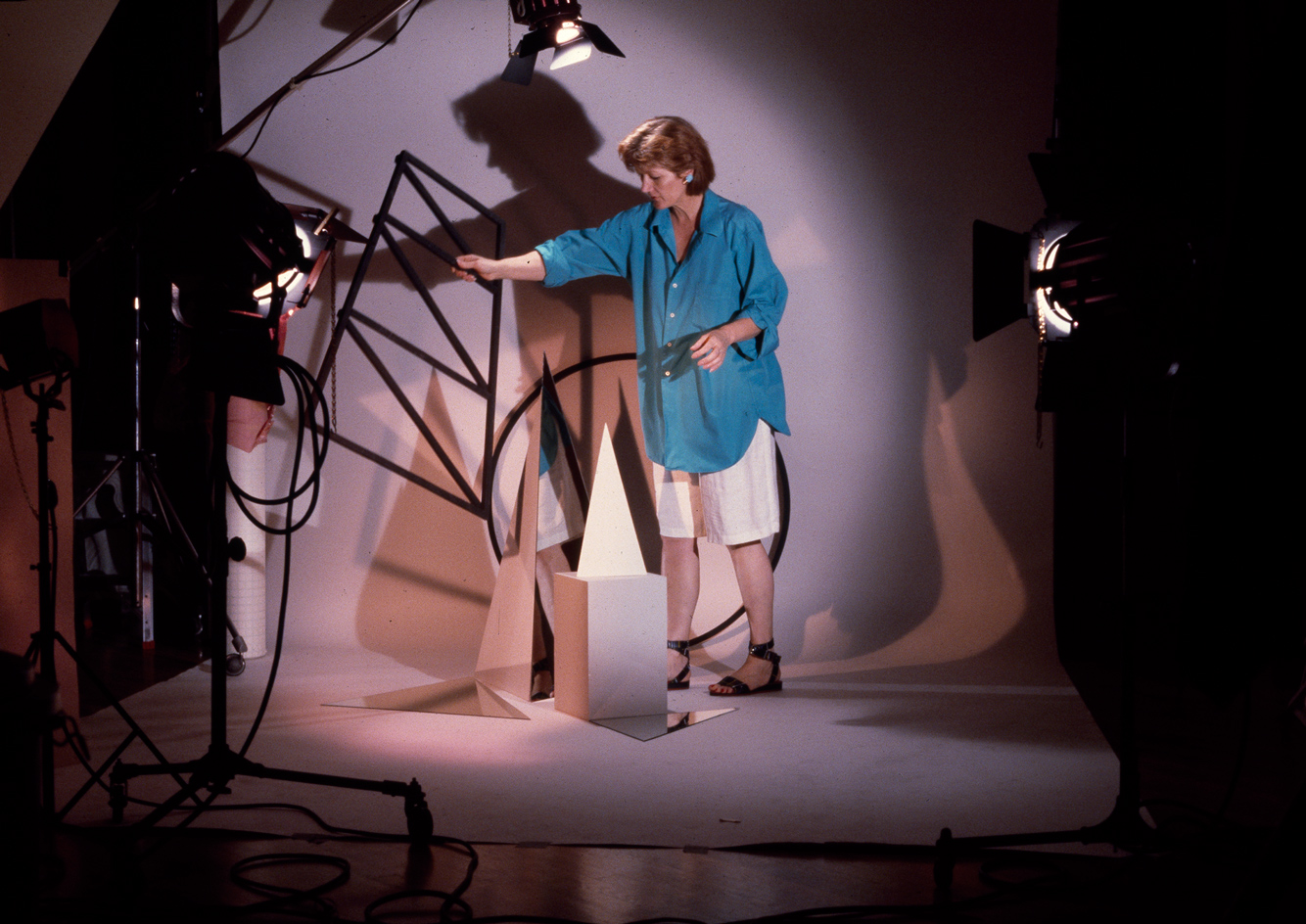
Photo-documentation of Barbara Kasten working in her studio, New York, 1983. Photography: Kurt Kilgus
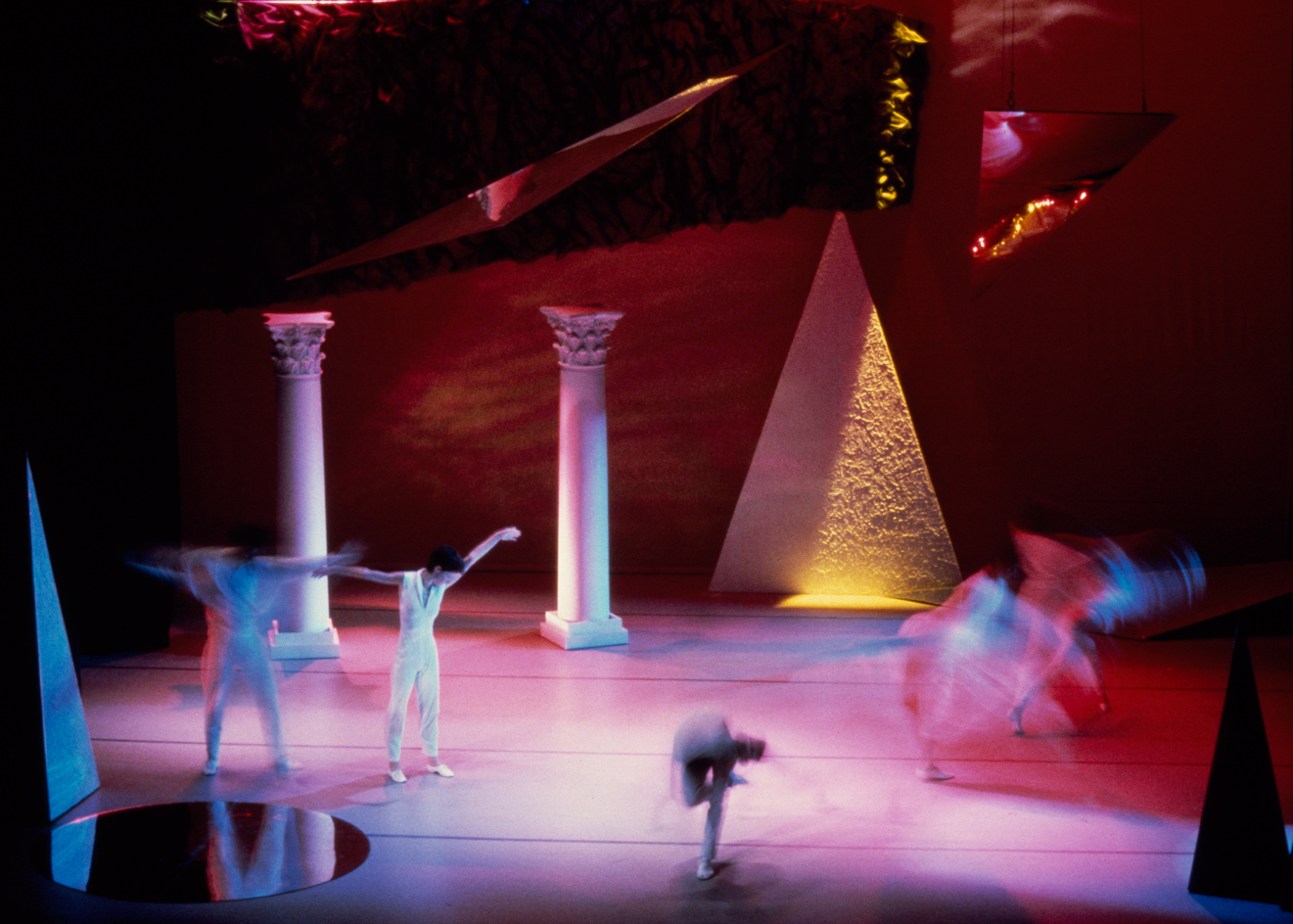
Still from video documentation, Inside / Outside: Stages of Light, a performance at the Brooklyn Academy of Music, New York in 1985
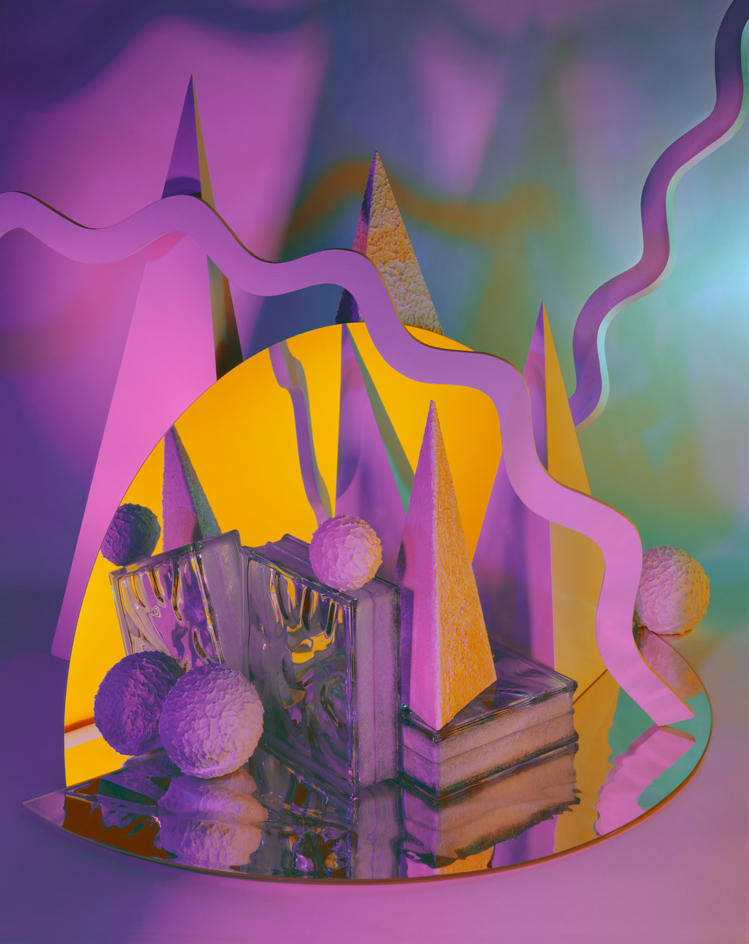
Karsten shoots using coloured gels, scrims, and rare photographic processes – including the now almost obsolete Cibachrome, and Fujiflex. Pictured: Contruct, 1986
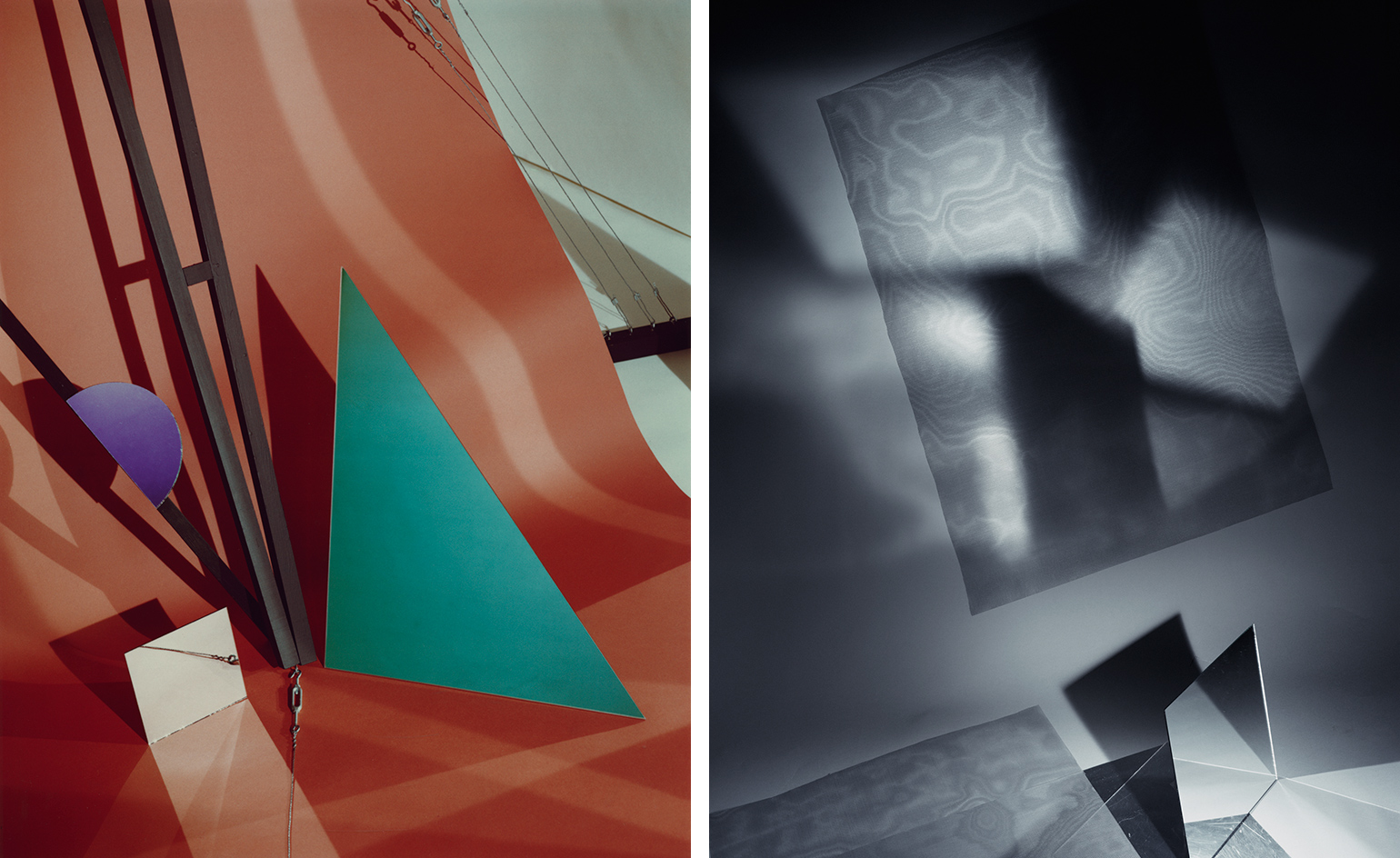
This retrospective reveals Kasten’s ongoing interest in the architectural discipline, and her experimental nature as an artist, who through line, form and colour reveals new possibilities in the photographic medium. Pictured left: Construct VIII, 1982. Right: Scene III, 2012
INFORMATION
'Barbara Kasten: Stages' is on view until 14 August. For more information, visit the MoCA website
Photography courtesy the artist
Wallpaper* Newsletter
Receive our daily digest of inspiration, escapism and design stories from around the world direct to your inbox.
Charlotte Jansen is a journalist and the author of two books on photography, Girl on Girl (2017) and Photography Now (2021). She is commissioning editor at Elephant magazine and has written on contemporary art and culture for The Guardian, the Financial Times, ELLE, the British Journal of Photography, Frieze and Artsy. Jansen is also presenter of Dior Talks podcast series, The Female Gaze.
-
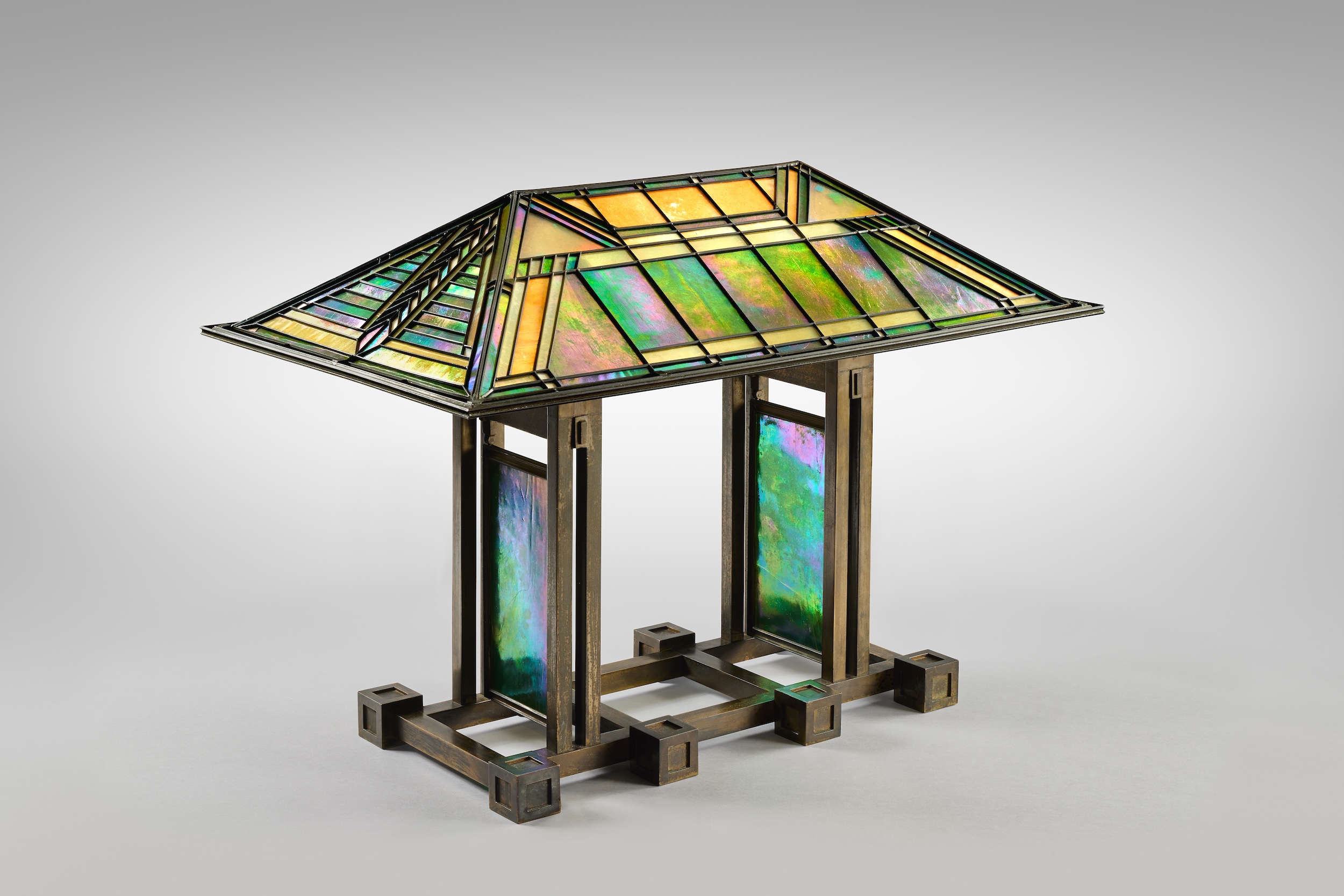 Sotheby’s is auctioning a rare Frank Lloyd Wright lamp – and it could fetch $5 million
Sotheby’s is auctioning a rare Frank Lloyd Wright lamp – and it could fetch $5 millionThe architect's ‘Double-Pedestal’ lamp, which was designed for the Dana House in 1903, is hitting the auction block 13 May at Sotheby's.
By Anna Solomon
-
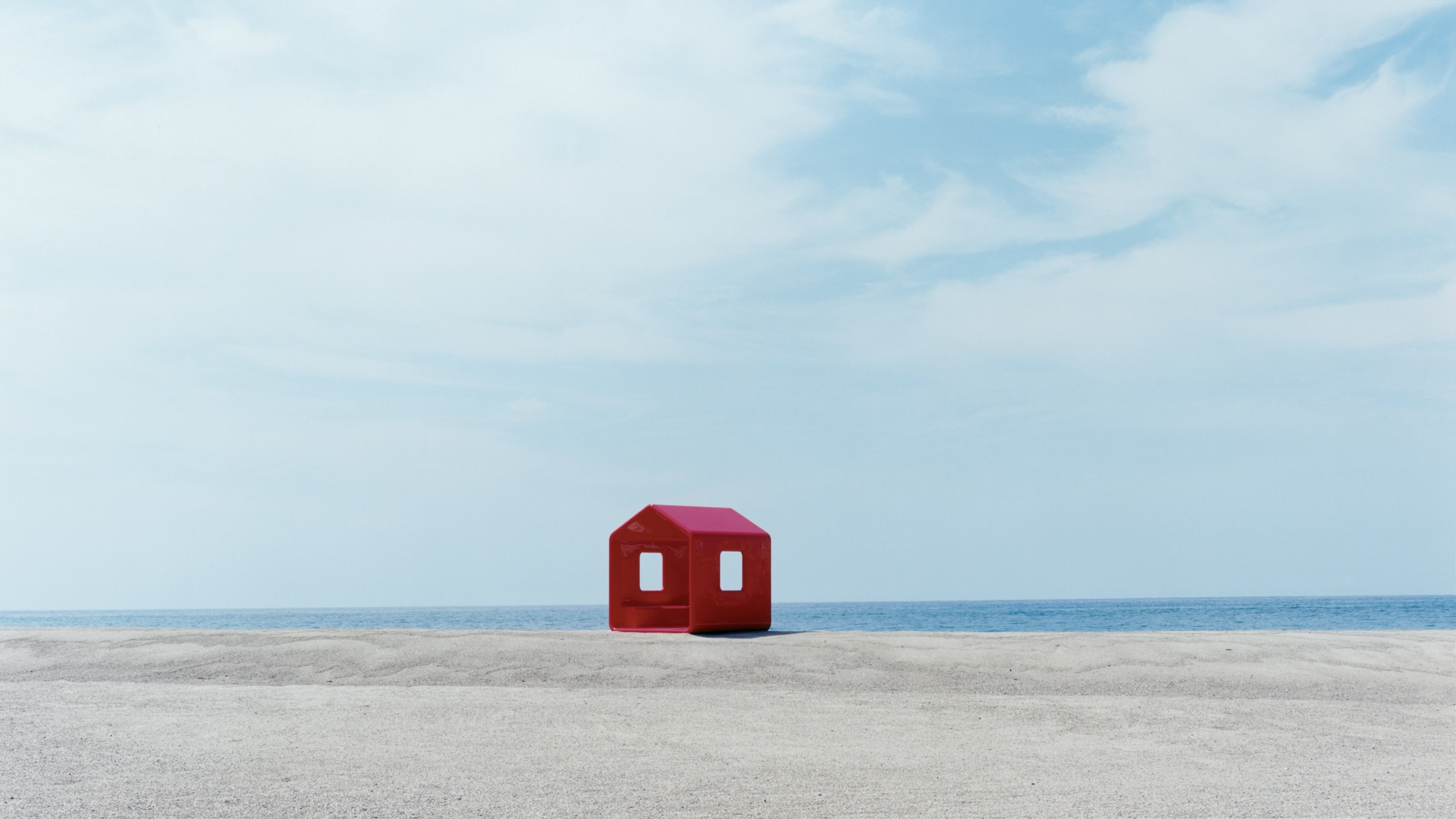 Naoto Fukasawa sparks children’s imaginations with play sculptures
Naoto Fukasawa sparks children’s imaginations with play sculpturesThe Japanese designer creates an intuitive series of bold play sculptures, designed to spark children’s desire to play without thinking
By Danielle Demetriou
-
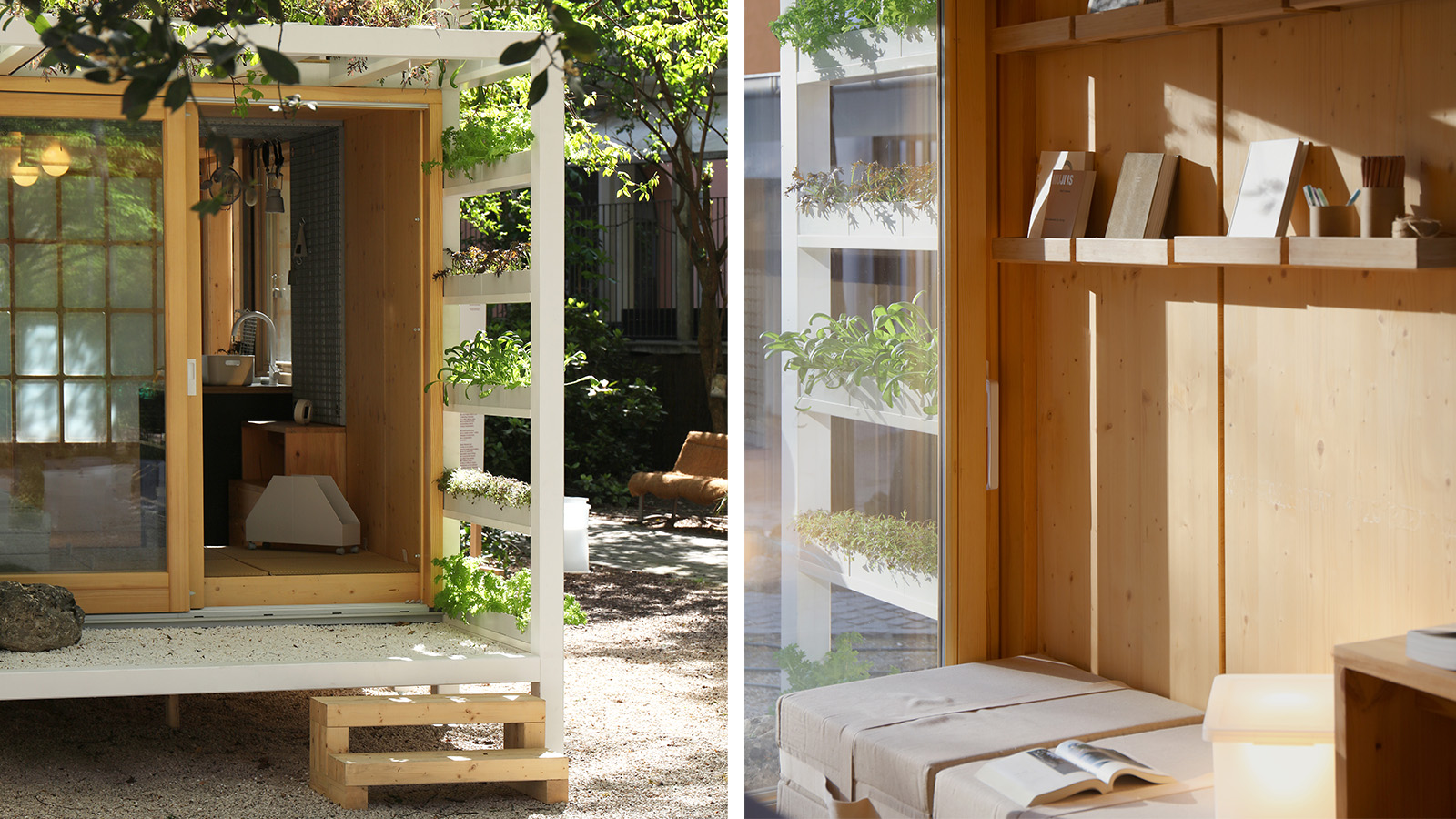 Japan in Milan! See the highlights of Japanese design at Milan Design Week 2025
Japan in Milan! See the highlights of Japanese design at Milan Design Week 2025At Milan Design Week 2025 Japanese craftsmanship was a front runner with an array of projects in the spotlight. Here are some of our highlights
By Danielle Demetriou